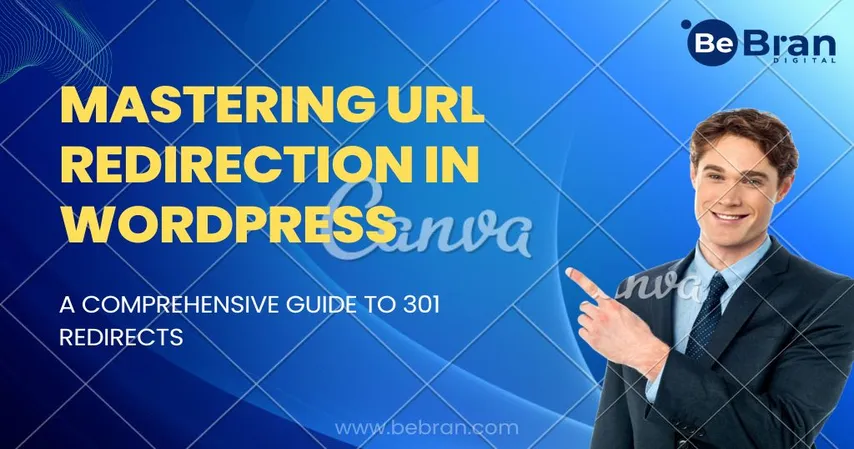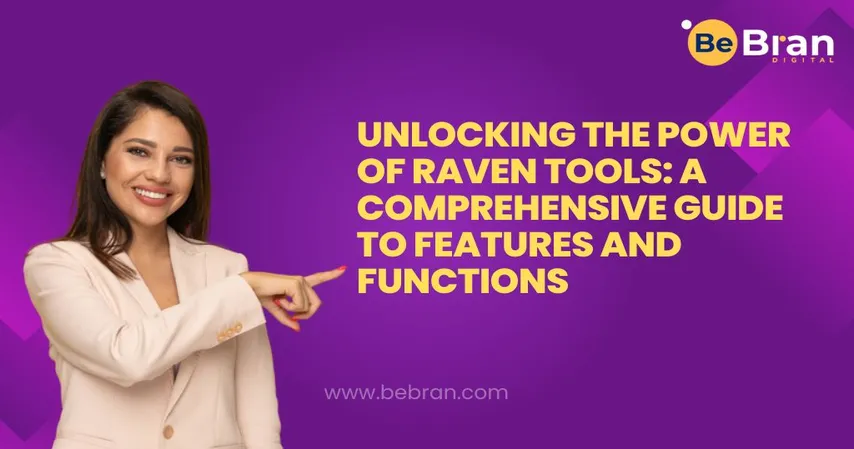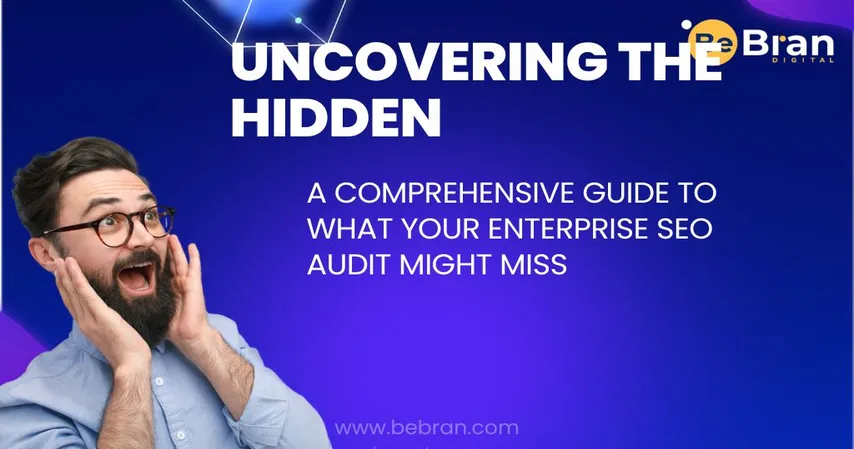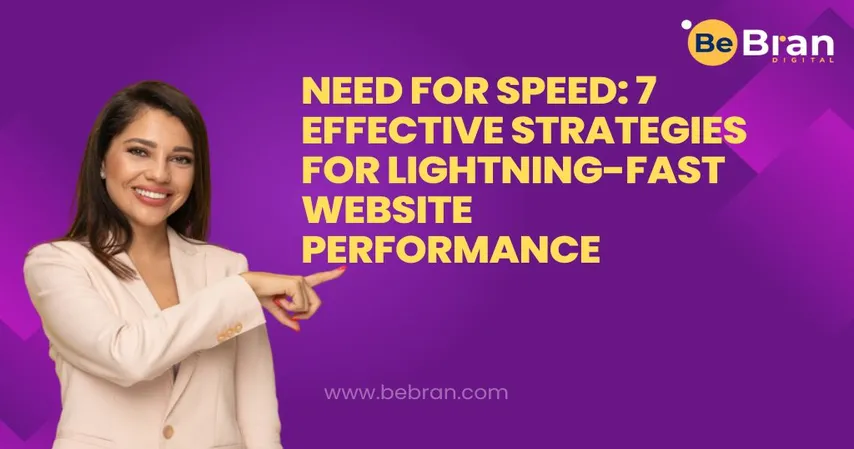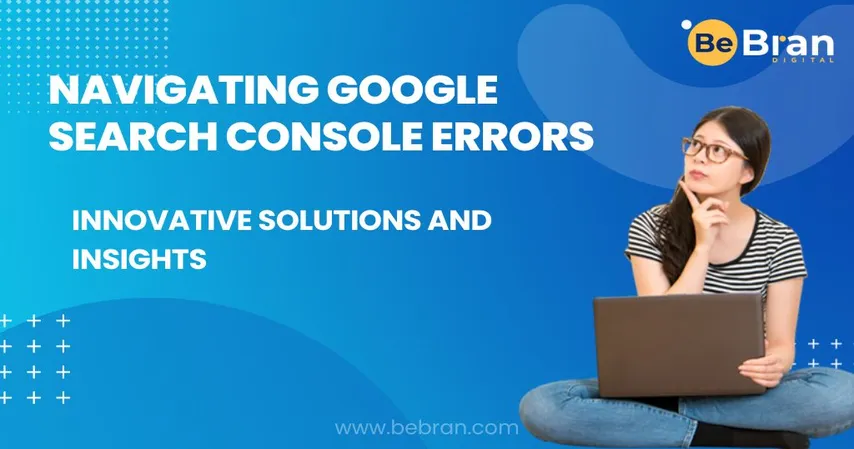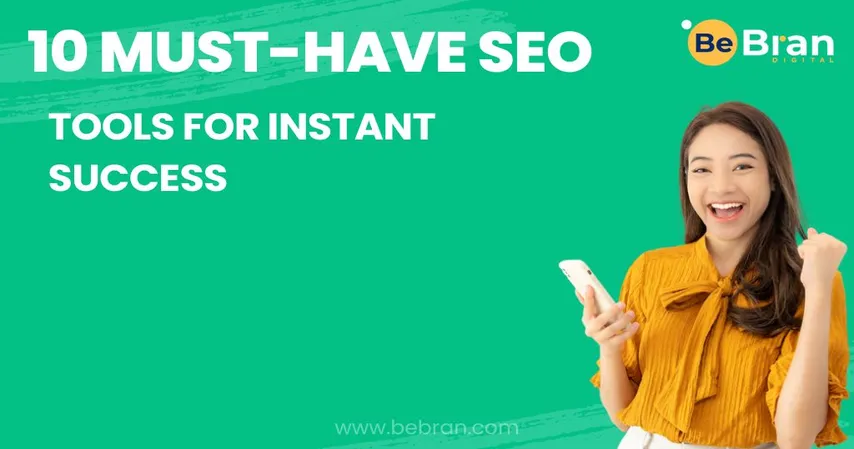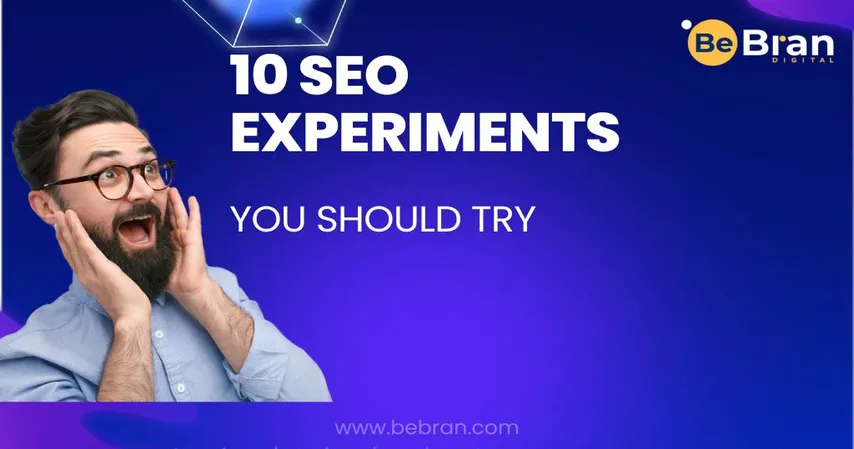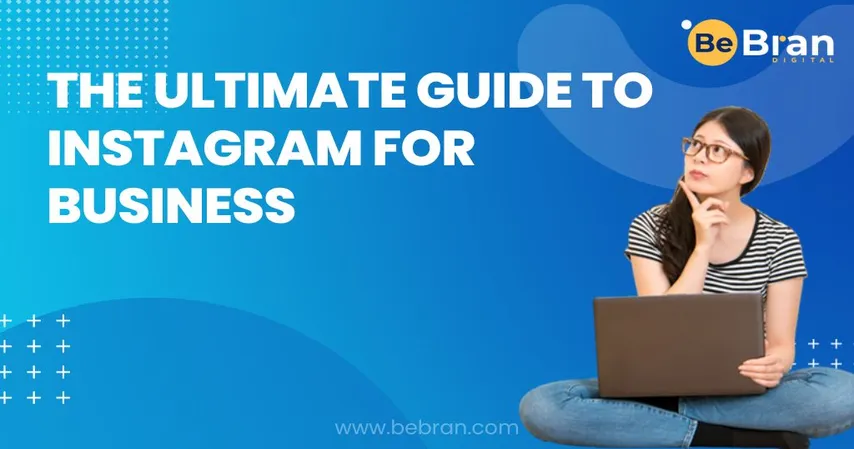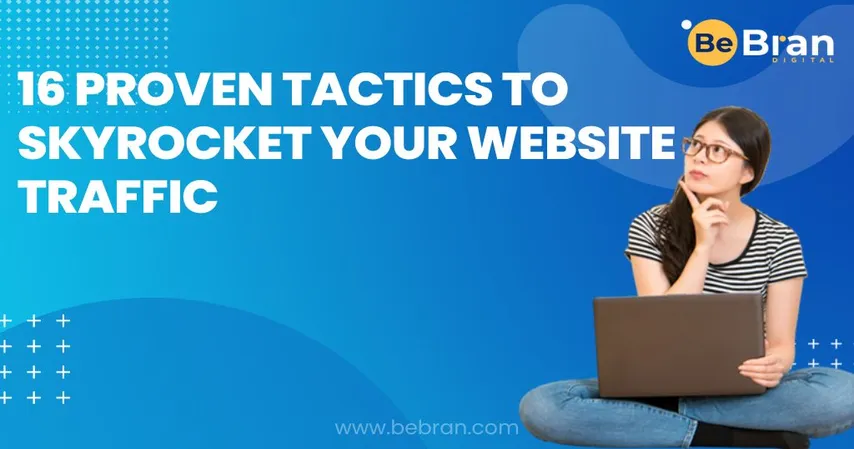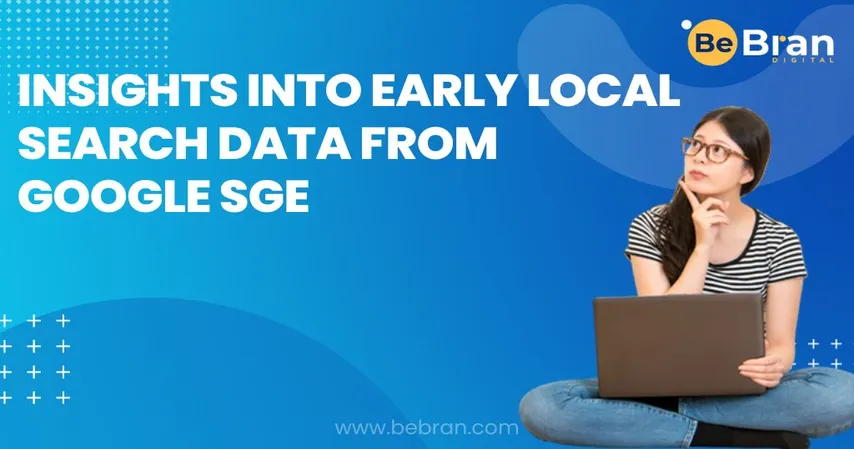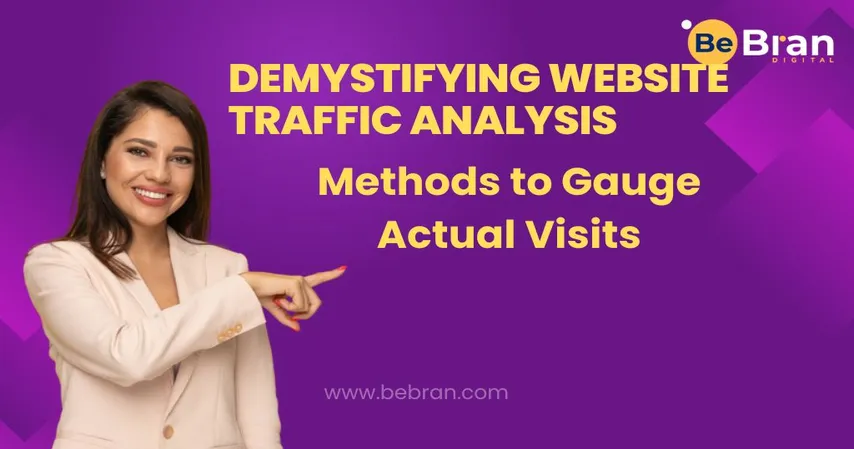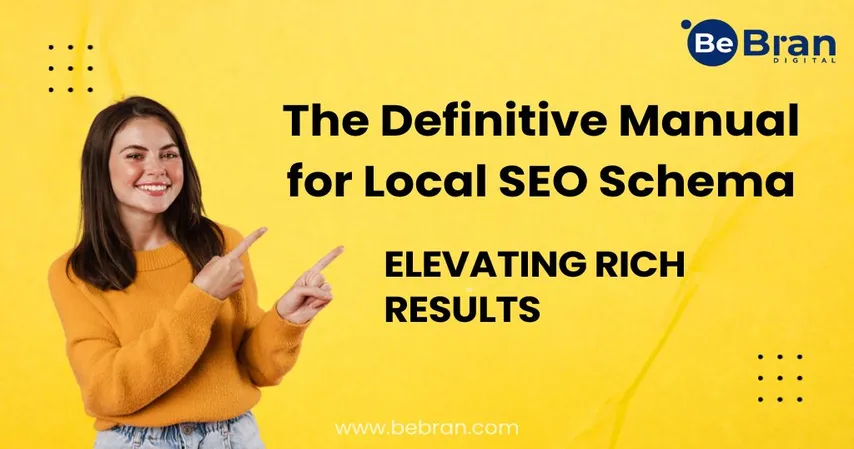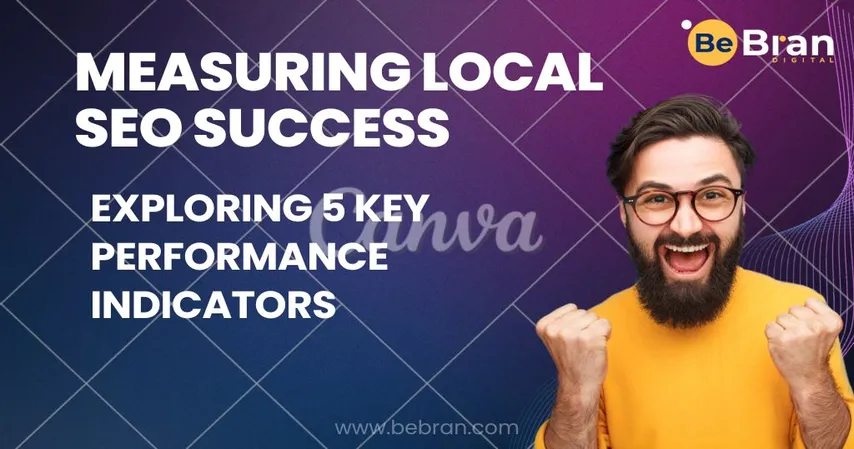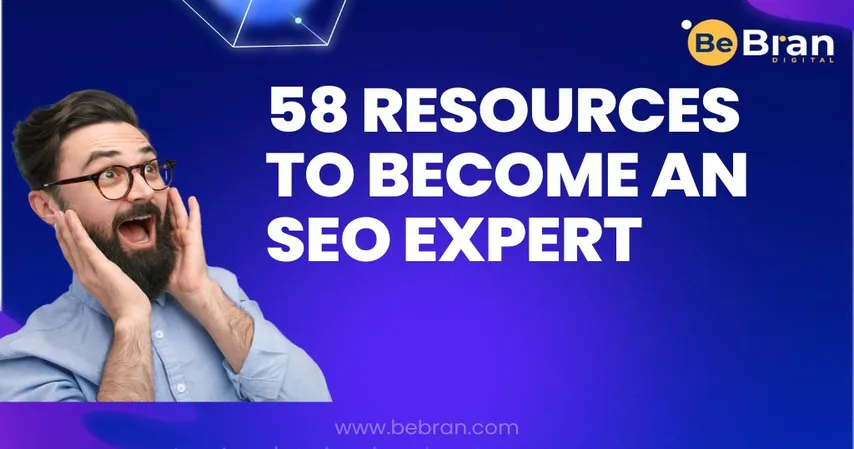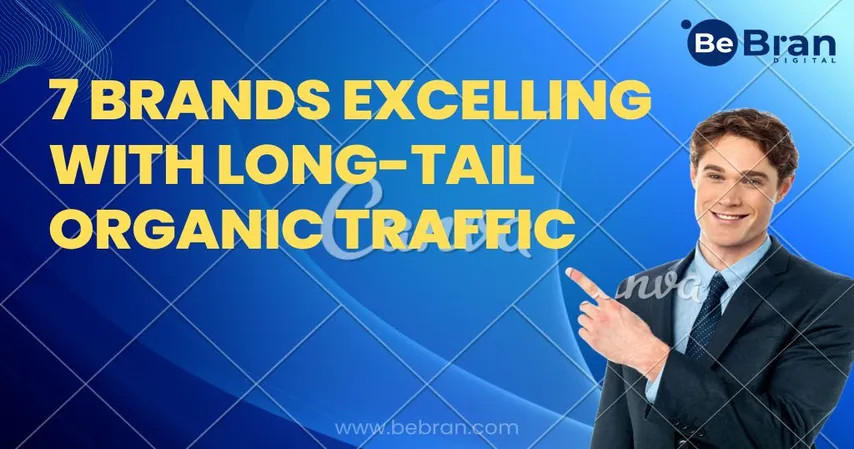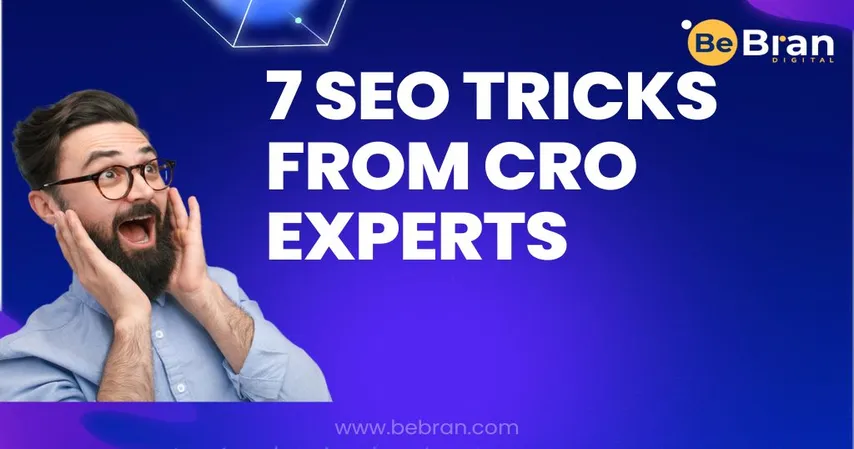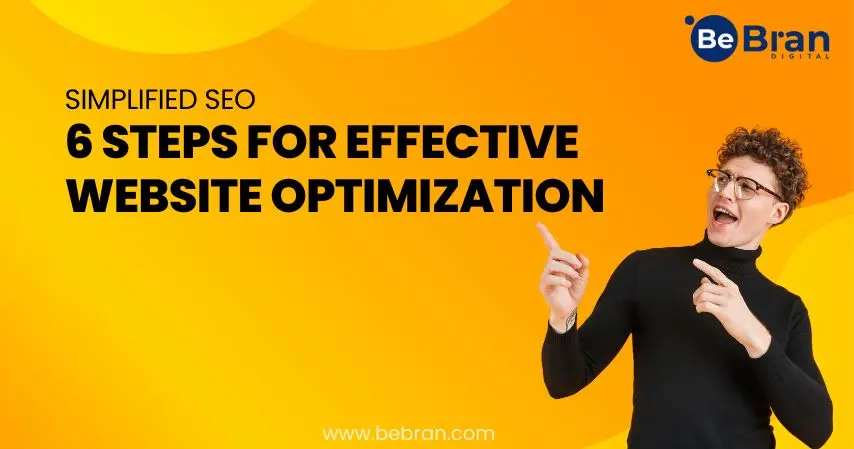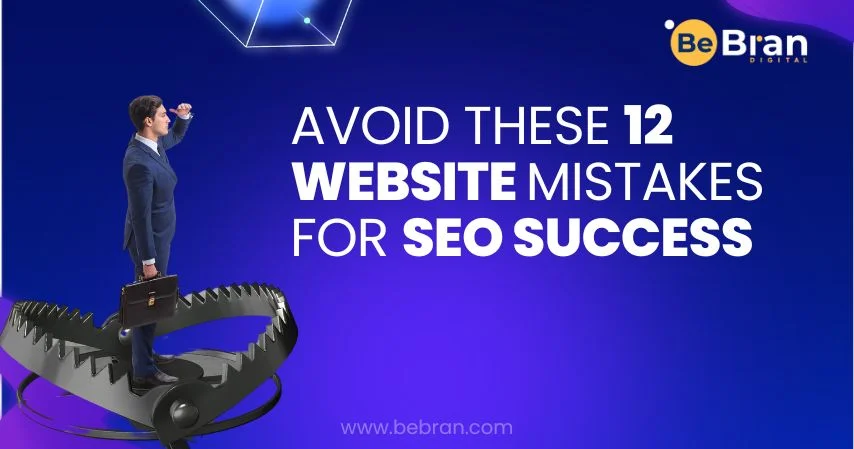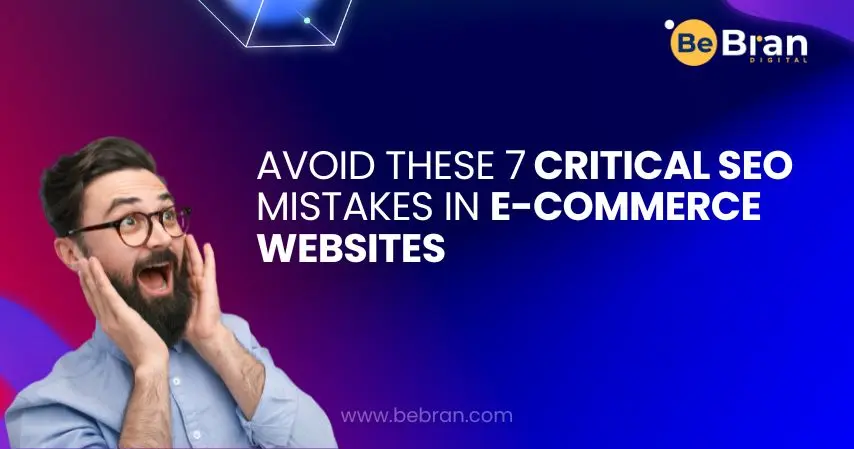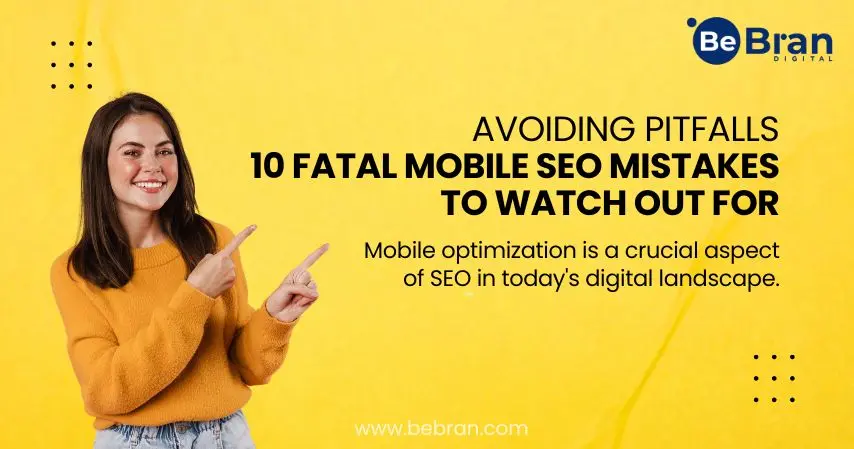What is On-Page SEO, and why is it important?
Answer: On-page SEO involves optimizing elements on a webpage to improve its search engine rankings. It's crucial because it helps search engines understand your content and boosts your visibility in search results.
What are the key elements of On-Page SEO?
Answer: The main elements include title tags, meta descriptions, headings (H1, H2, etc.), URL structure, keyword placement, image optimization, internal linking, and schema markup.
How can I optimize my website's images for On-Page SEO?
Answer: To optimize images, use descriptive file names, add alt tags with relevant keywords, and compress images to maintain quality while reducing file size.
What is the significance of internal linking in On-Page SEO?
Answer: Internal linking helps users navigate your site and provides search engines with a clear understanding of your content hierarchy. It also distributes link authority throughout your site.
How does mobile optimization contribute to On-Page SEO?
Answer: Mobile optimization ensures your website functions well on mobile devices. It's crucial for user experience, and Google prioritizes mobile-friendly sites in search results.
What is schema markup, and how does it impact On-Page SEO?
Answer: Schema markup is structured data that provides additional context to search engines. It enhances search results with rich snippets, making your content more appealing and informative to users.
How can I measure the effectiveness of my On-Page SEO efforts?
Answer: You can use tools like Google Analytics to track metrics like bounce rate, time on page, click-through rate, and pageviews per session. These metrics indicate user engagement and content relevance.
What role does content quality play in On-Page SEO?
Answer: High-quality content is essential for On-Page SEO. It provides value to users, demonstrates expertise, and encourages user engagement. Quality content also attracts backlinks, which can boost your site's authority.
Remember, mastering every element of On-Page SEO is a process that involves careful optimization and ongoing monitoring to ensure your website continues to perform well in search engine rankings.







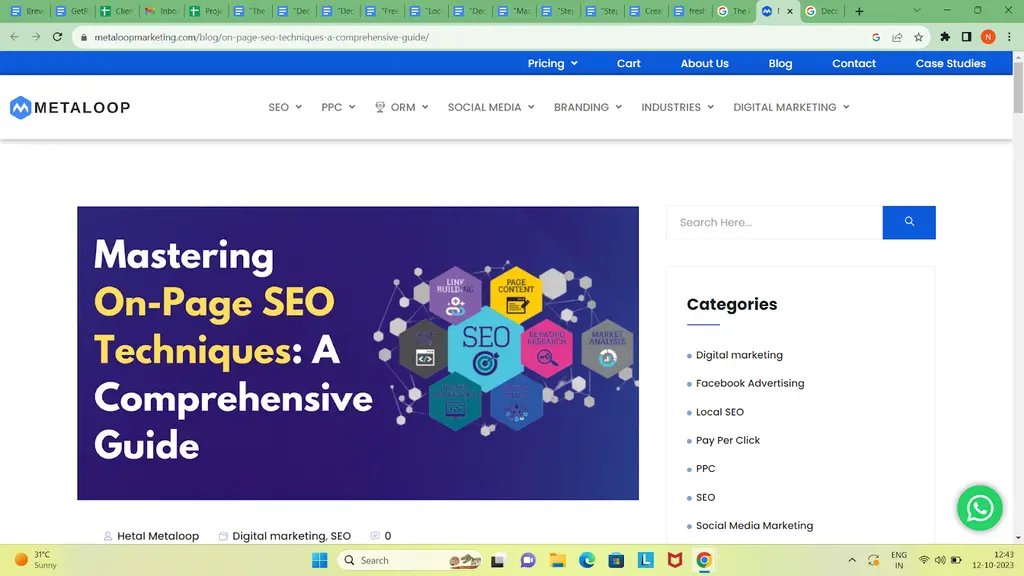




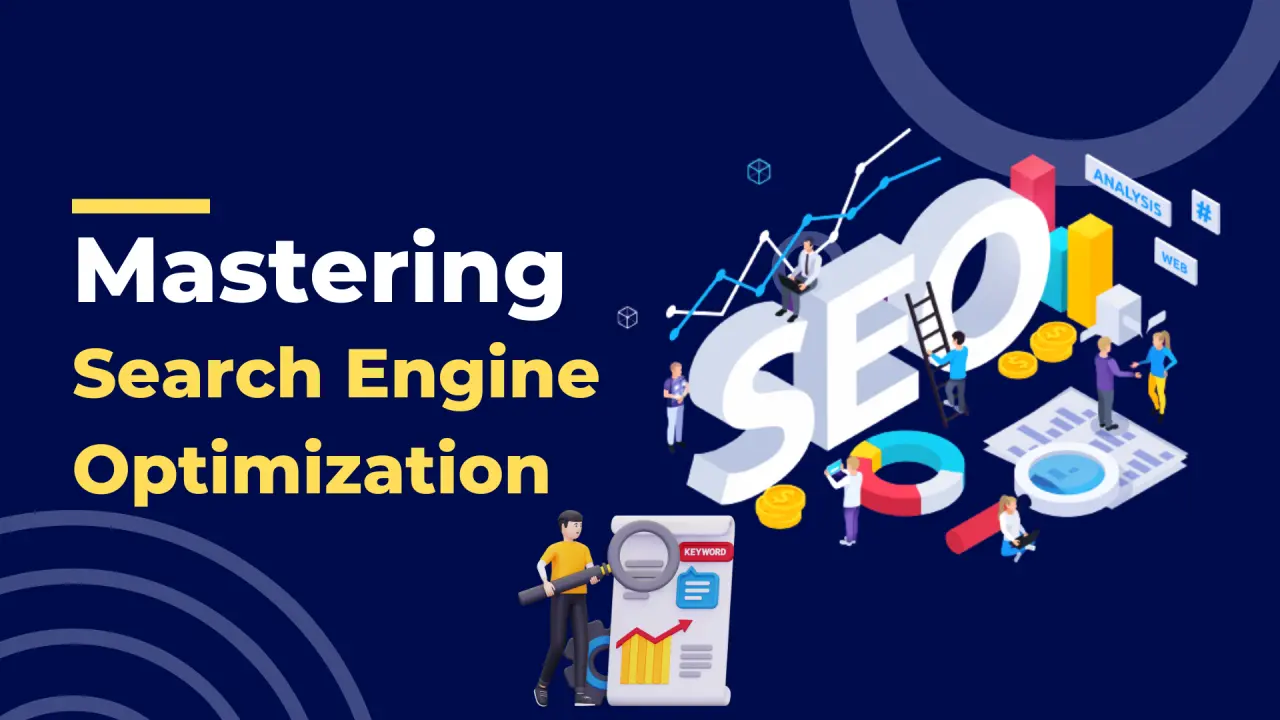



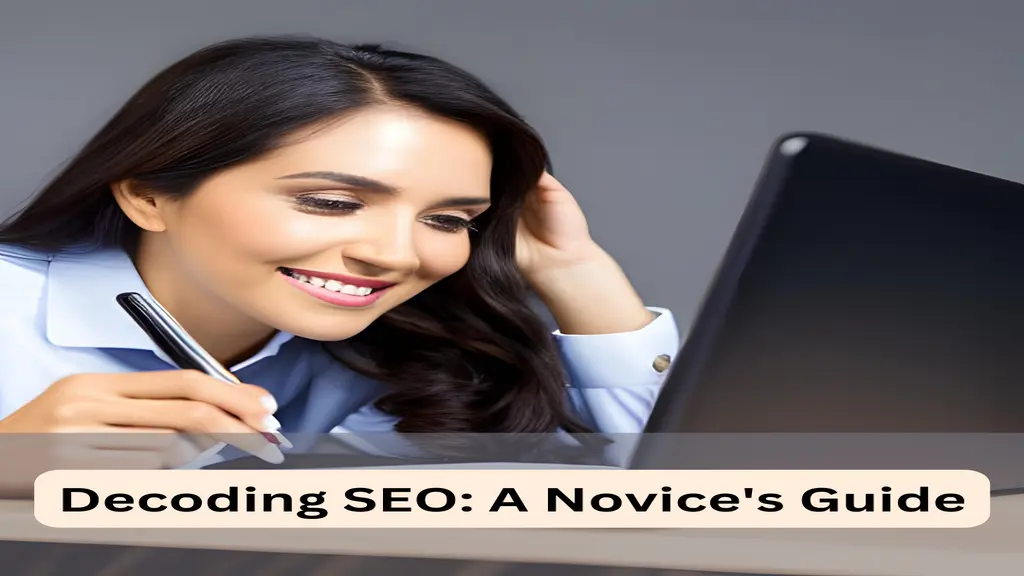

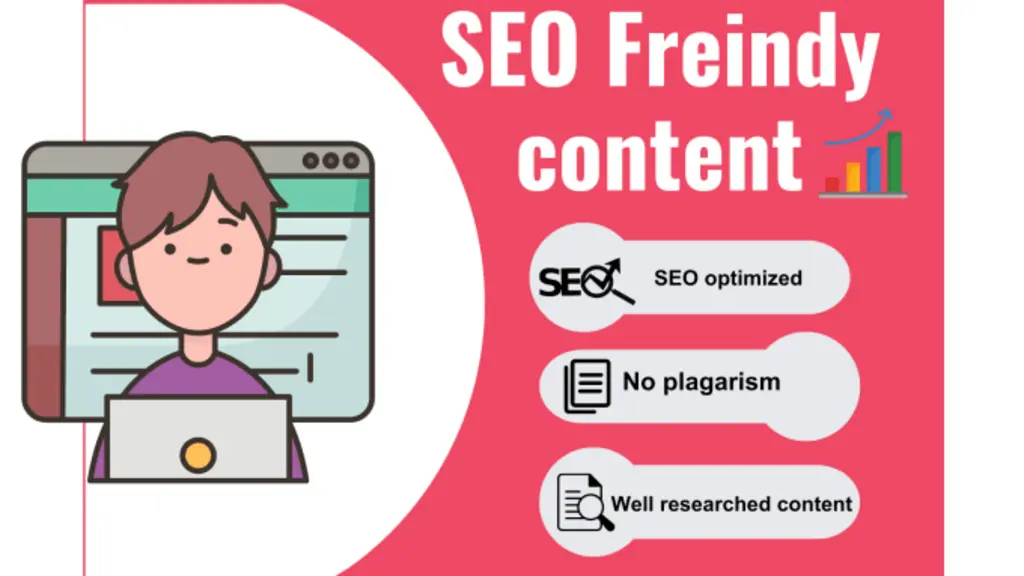

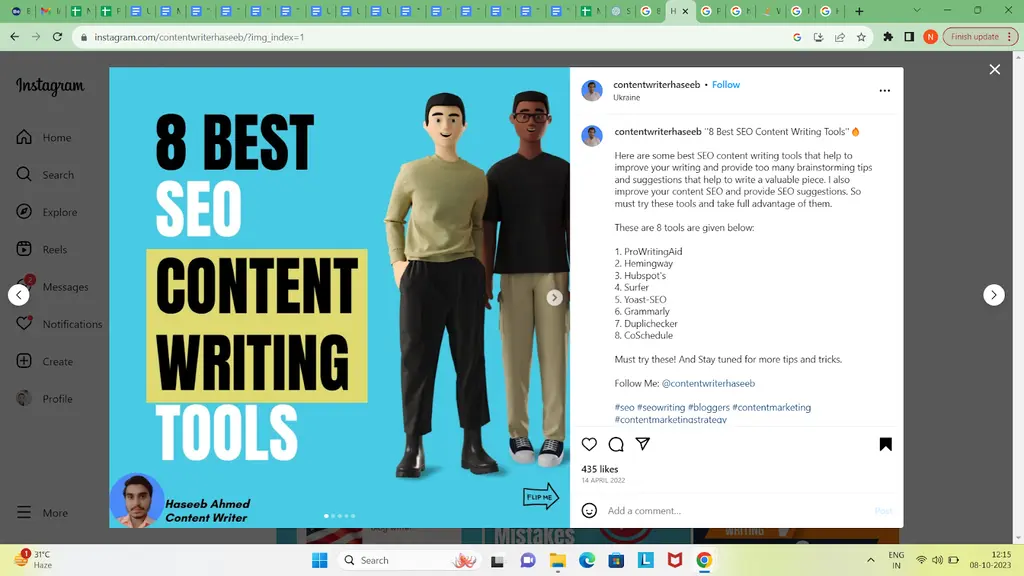



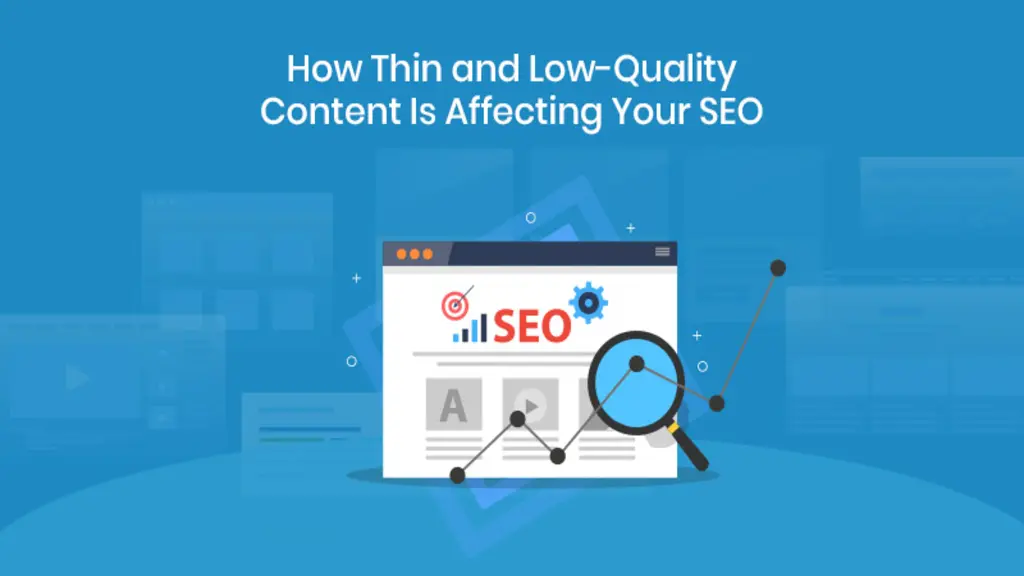





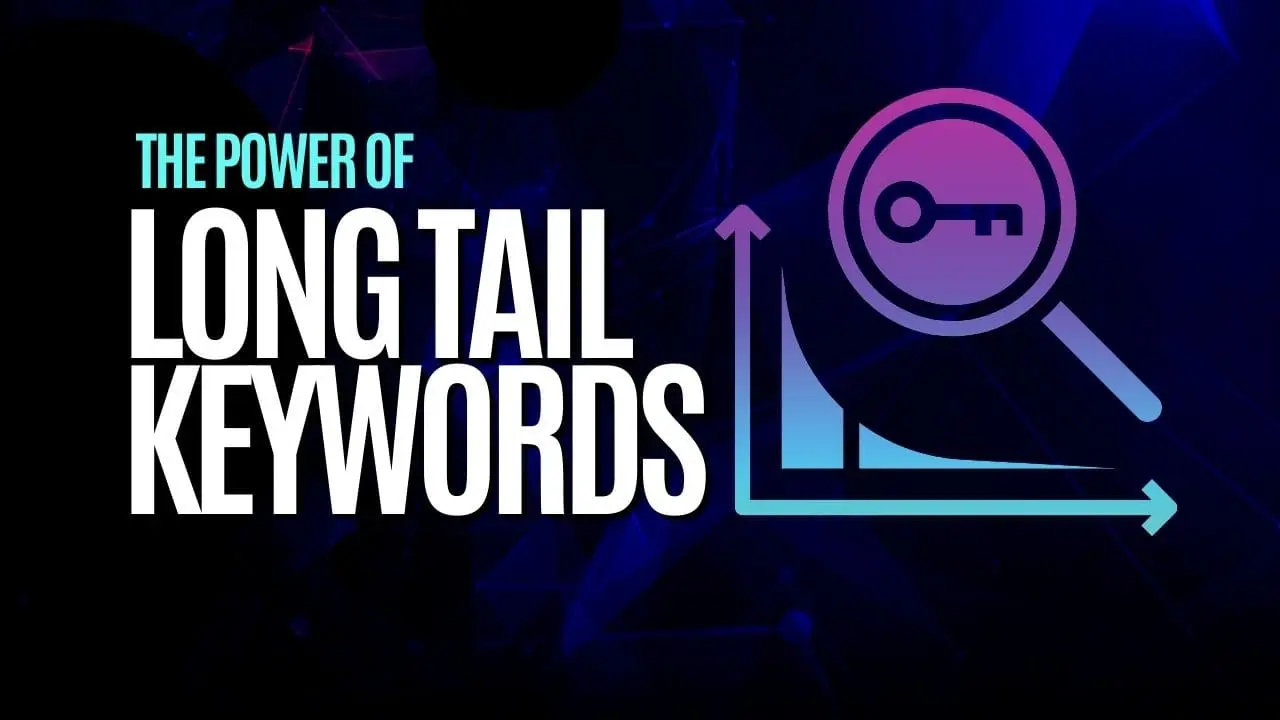

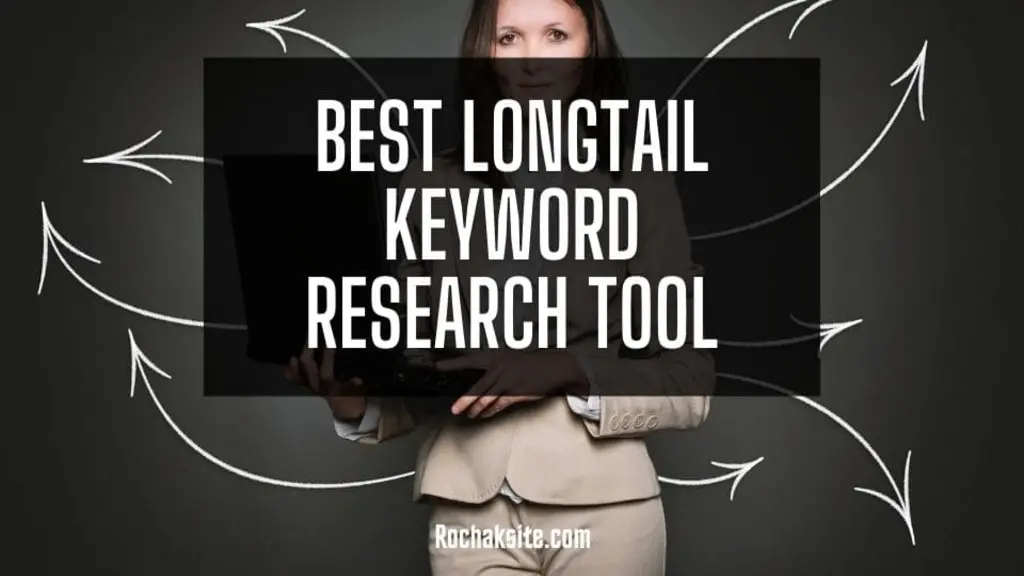


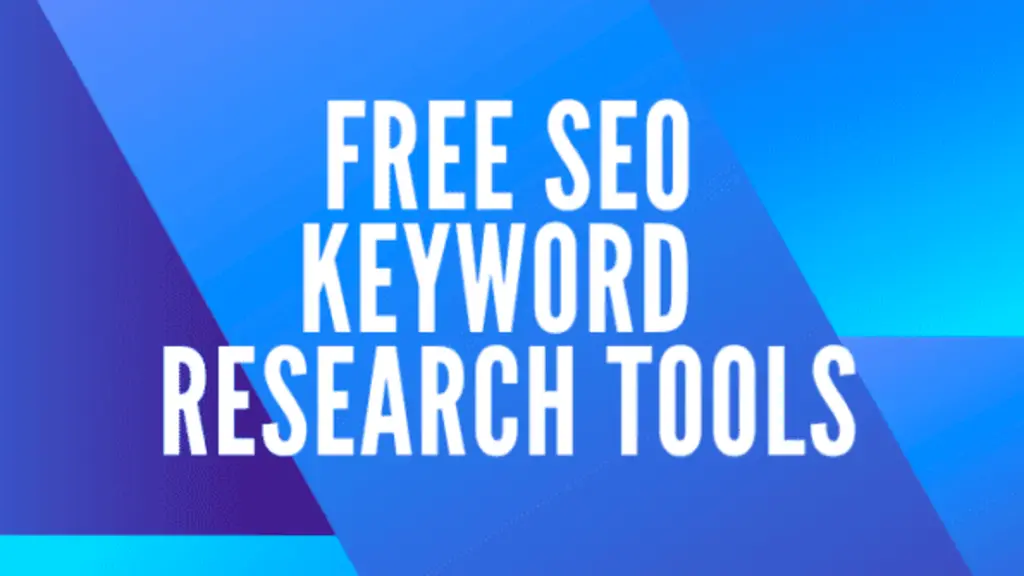

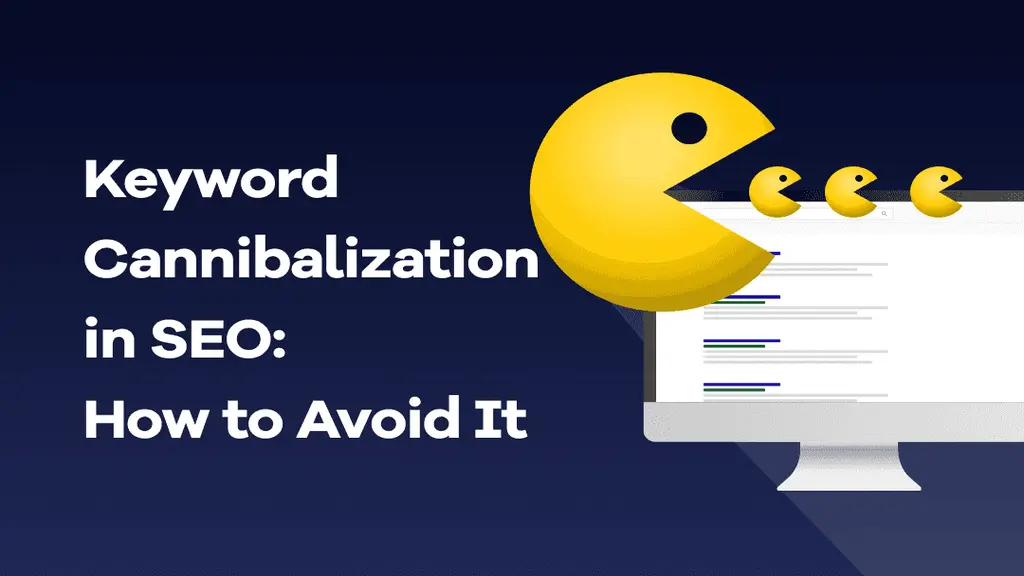


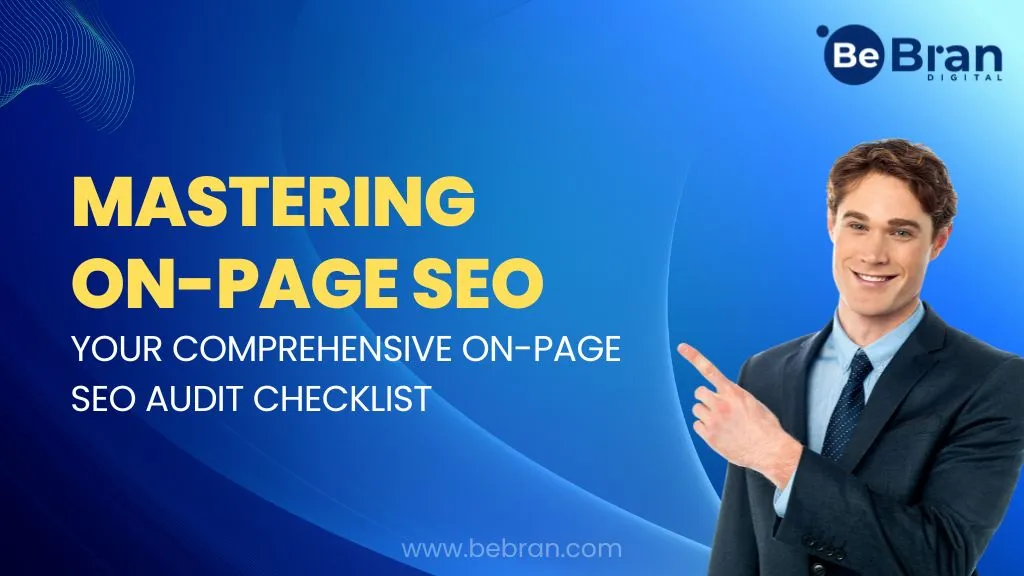

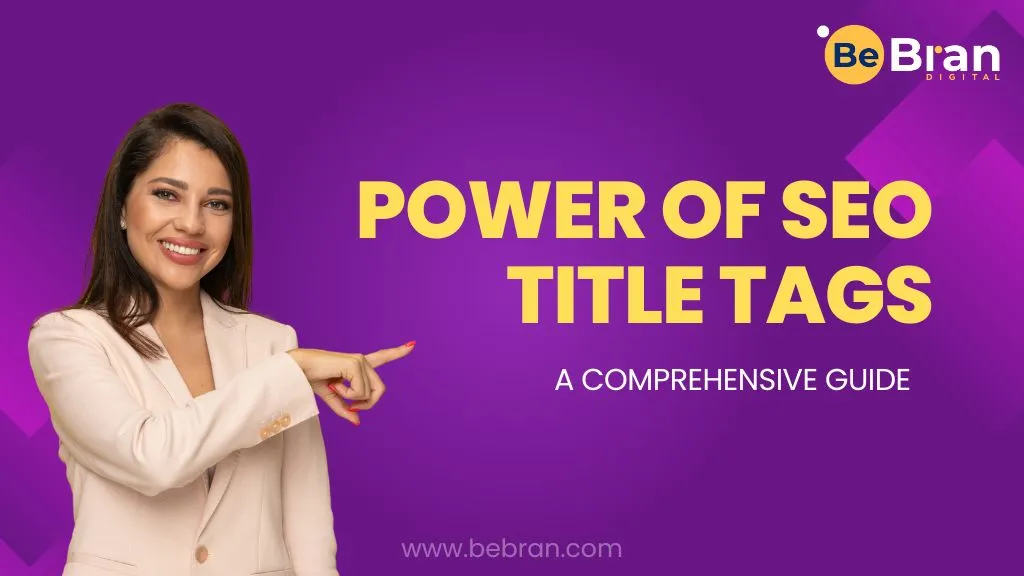

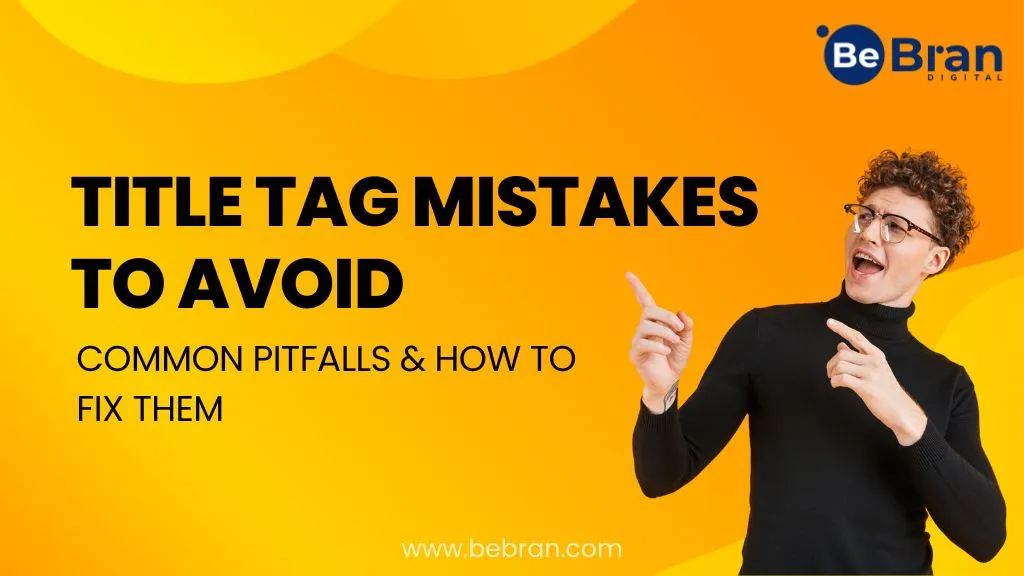

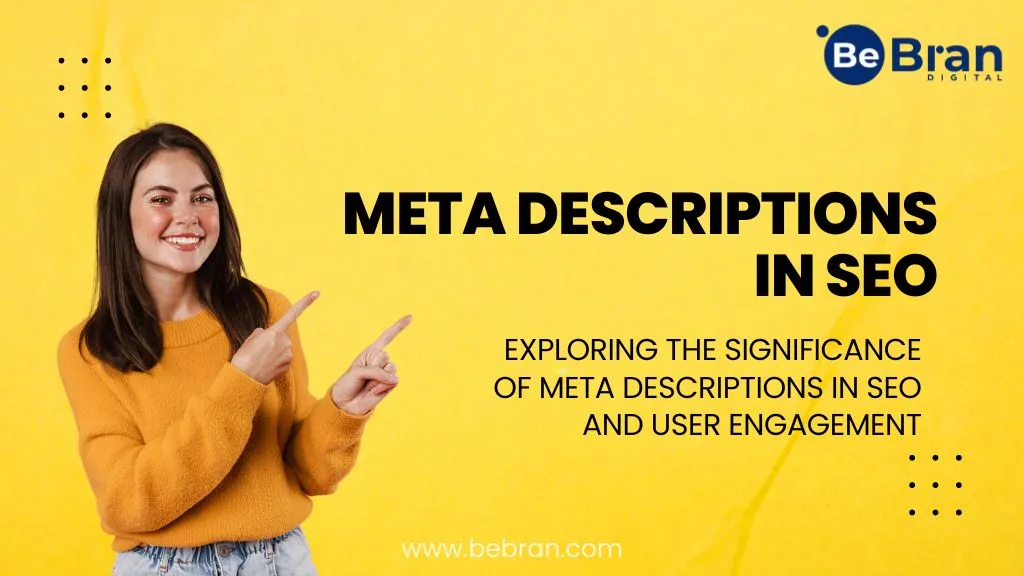

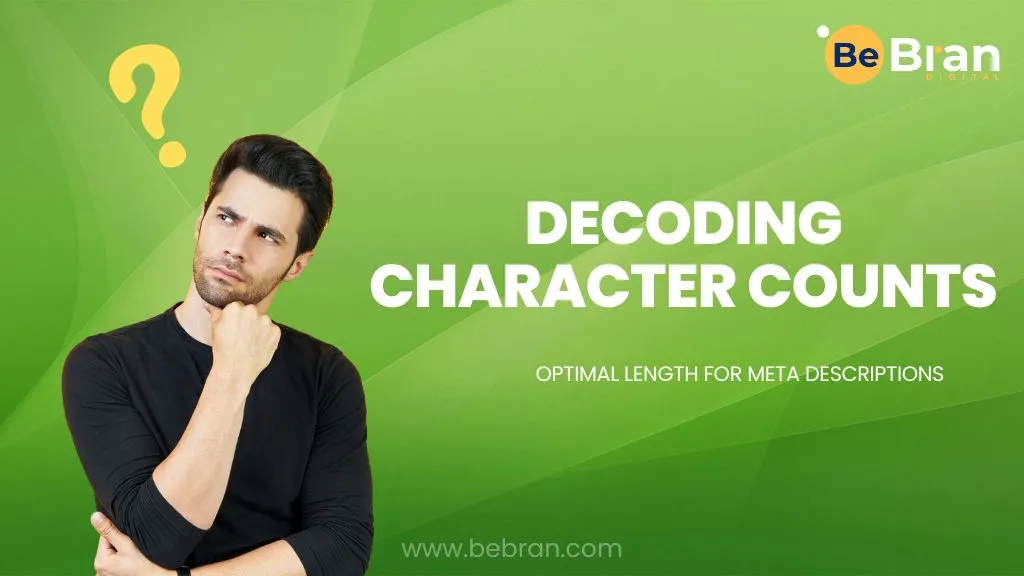
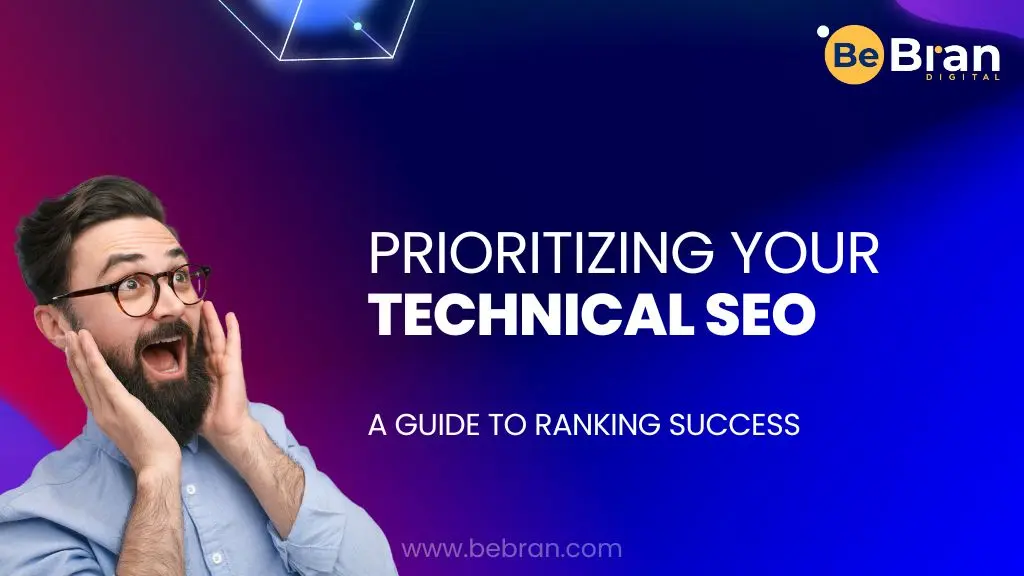

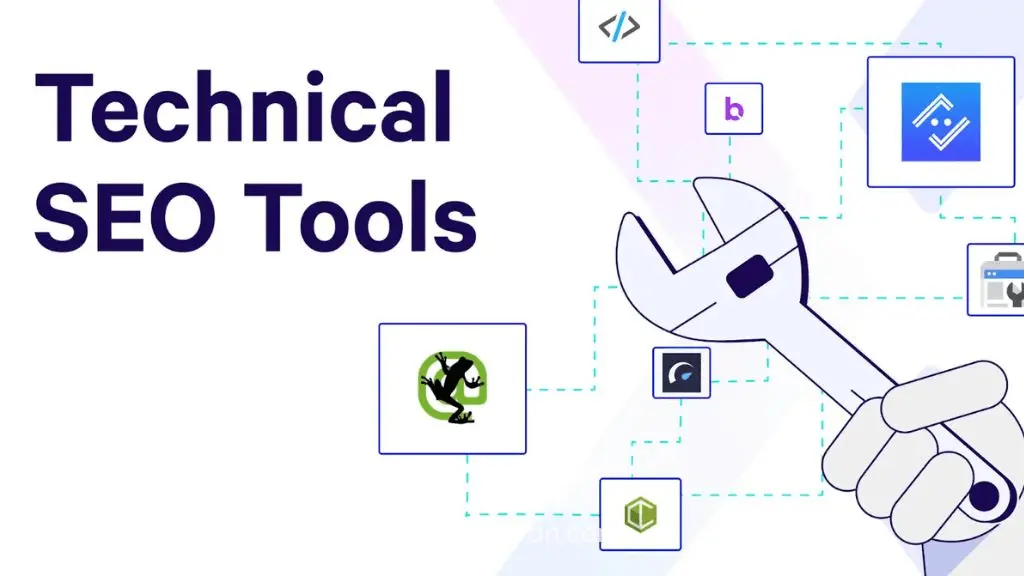

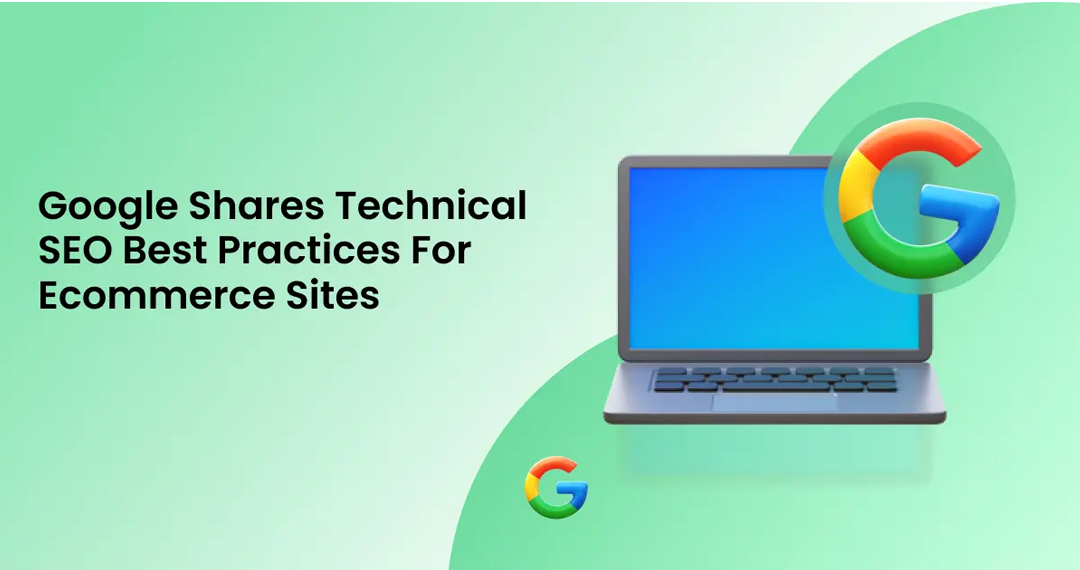

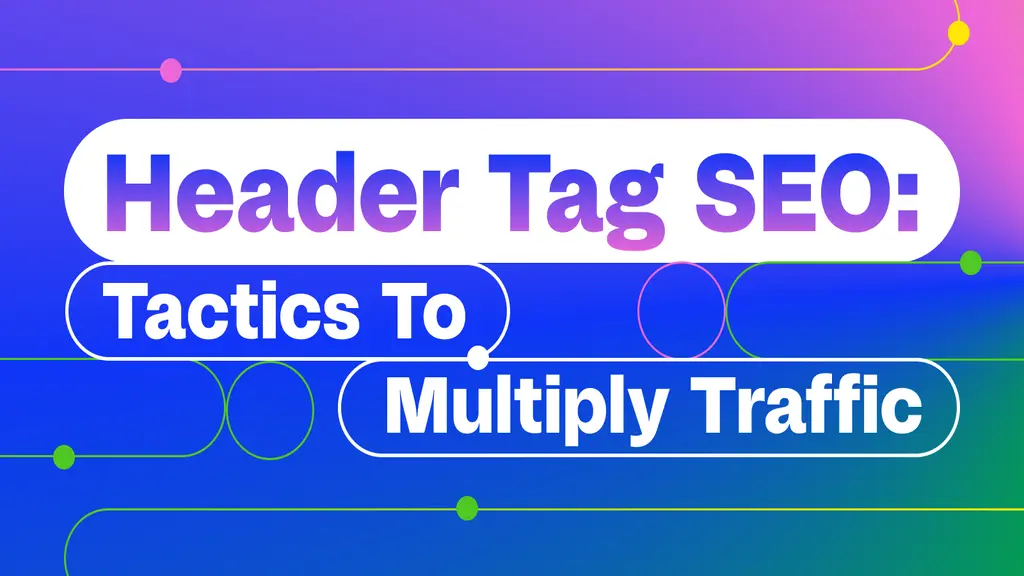

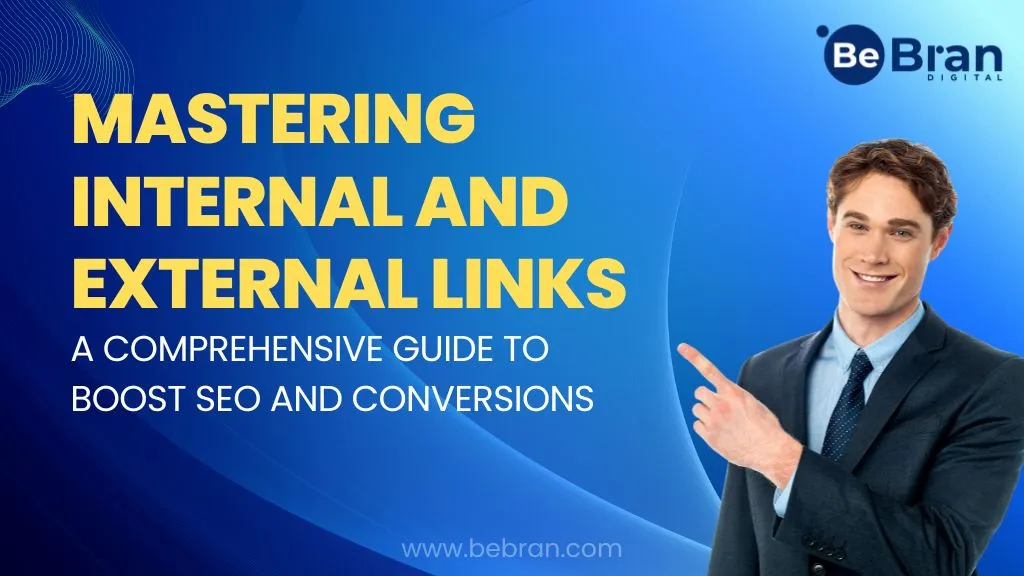









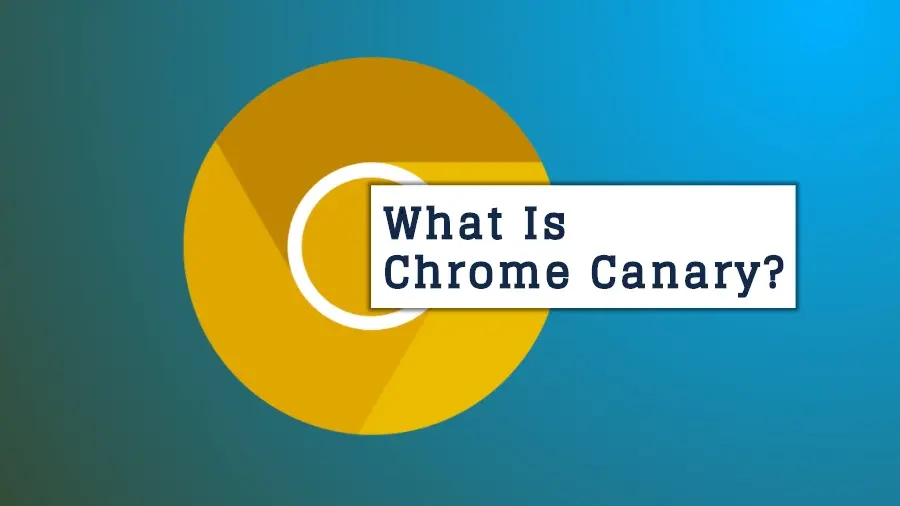
![1707475220 Bebran[1]](https://bebran.com/public/uploads/1709129094_1707475220_bebran[1].webp)

![1707475220 Bebran[1]](https://bebran.com/public/uploads/1709132759_1707475220_bebran[1].webp)

![1707475220 Bebran[1]](https://bebran.com/public/uploads/1709133996_1707475220_bebran[1].webp)

![1707475220 Bebran[1]](https://bebran.com/public/uploads/1709135250_1707475220_bebran[1].webp)
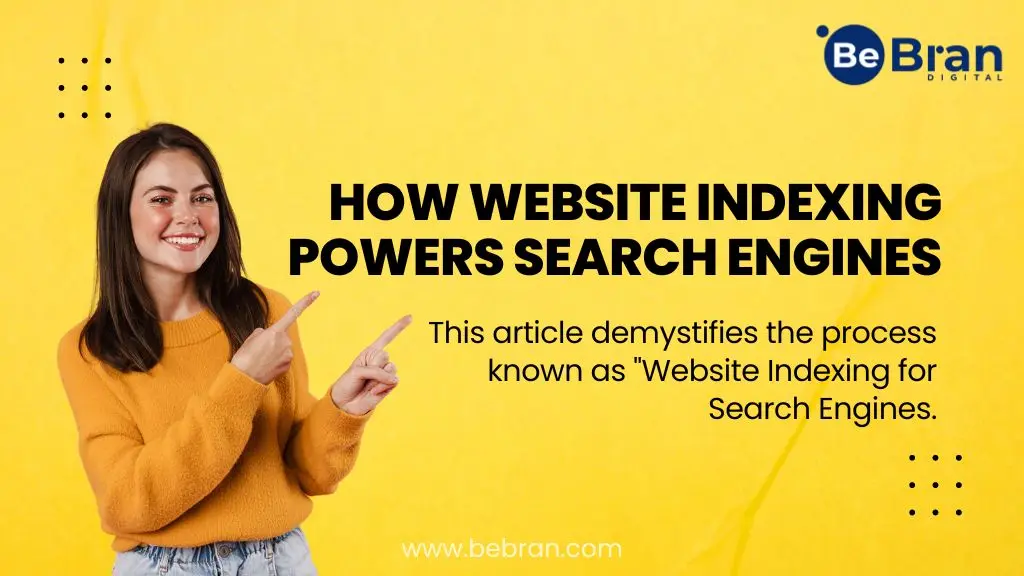
![1707475220 Bebran[1]](https://bebran.com/public/uploads/1709135874_1707475220_bebran[1].webp)
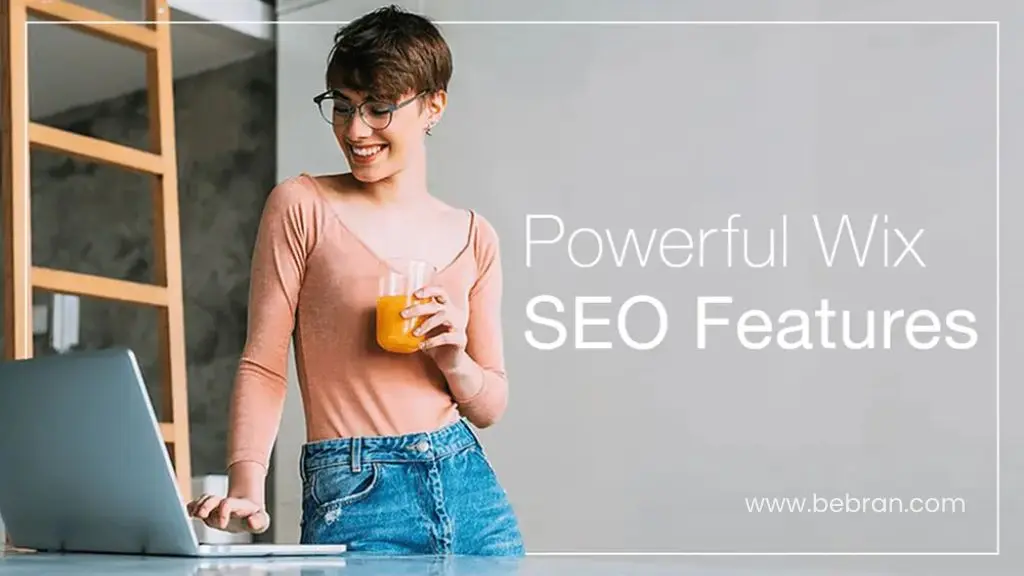
![1707475220 Bebran[1]](https://bebran.com/public/uploads/1709136770_1707475220_bebran[1].webp)






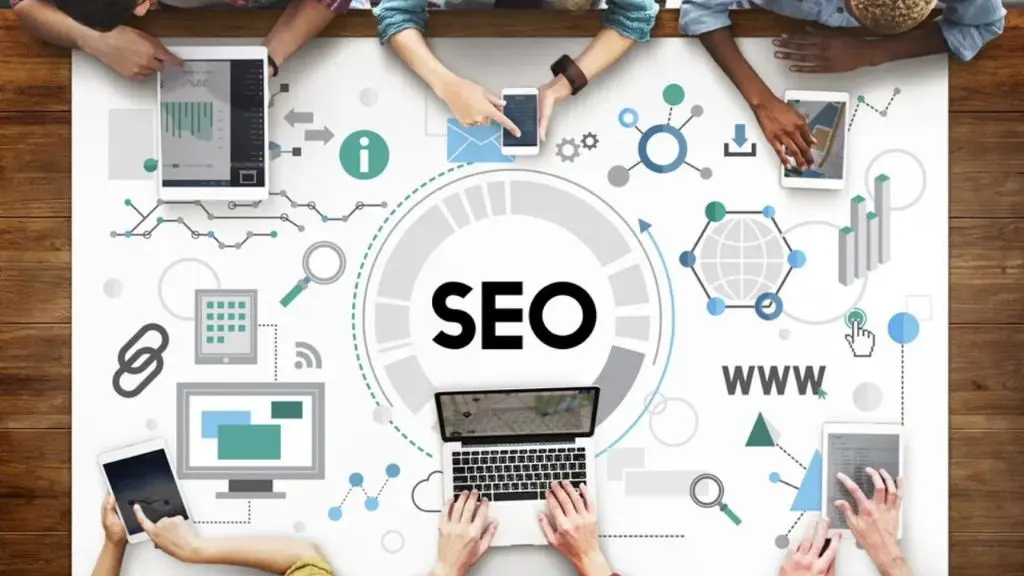
![1707475220 Bebran[1]](https://bebran.com/public/uploads/1709188948_1707475220_bebran[1].webp)

![1707475220 Bebran[1]](https://bebran.com/public/uploads/1709190426_1707475220_bebran[1].webp)












